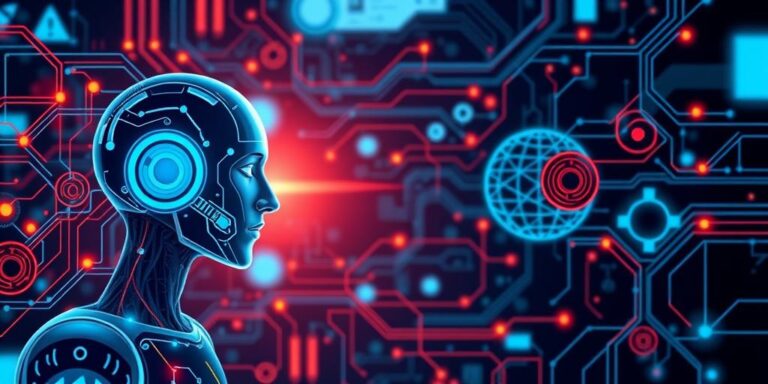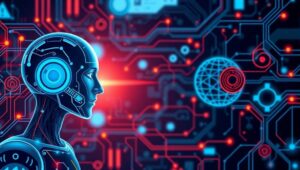AI in 2025: From Specialized Tools to General Problem Solvers?
Artificial intelligence has rapidly evolved from a futuristic concept to a tangible reality impacting various sectors. As we approach 2025, it’s crucial to examine the trajectory of AI, particularly its potential shift from specialized tools to more generalized problem solvers.
Current State of AI: Specialized Tools
Currently, AI excels in specific tasks. Machine learning algorithms are adept at analyzing data, identifying patterns, and making predictions within narrow domains. For instance:
- Healthcare: AI assists in diagnosing diseases by analyzing medical images and patient data.
- Finance: AI algorithms detect fraudulent transactions and automate trading strategies.
- Manufacturing: AI-powered robots optimize production lines and perform quality control.
- Customer Service: AI chatbots provide instant support and resolve basic queries.
These applications demonstrate AI’s proficiency in handling well-defined problems with clear objectives. However, these AI systems lack the adaptability and broad understanding required to tackle more complex, multifaceted challenges.
The Push Toward General Problem Solving
Several factors are driving the evolution of AI towards general problem-solving capabilities:
- Advancements in Deep Learning: Deep learning models, particularly transformer networks, have shown remarkable ability to learn complex representations from vast amounts of data. These models are capable of understanding context and relationships, enabling them to perform tasks beyond their initial training.
- Rise of Transfer Learning: Transfer learning allows AI models to leverage knowledge gained from one task to improve performance on another. This approach significantly reduces the need for task-specific training data and accelerates the development of AI systems capable of handling diverse problems.
- Development of Reinforcement Learning: Reinforcement learning enables AI agents to learn through trial and error, optimizing their actions based on feedback from the environment. This approach is particularly useful for solving complex problems with delayed rewards, such as robotics and autonomous navigation.
- Increased Computational Power: The availability of powerful hardware, such as GPUs and TPUs, has enabled researchers to train larger and more complex AI models. This increased computational power is essential for developing AI systems capable of handling the computational demands of general problem-solving.
Challenges and Limitations
Despite the promising advancements, significant challenges remain in the pursuit of general-purpose AI:
- Data Dependency: AI models still heavily rely on large amounts of labeled data. Obtaining high-quality, representative data for diverse tasks is a major bottleneck.
- Lack of Common Sense: AI systems often struggle with common-sense reasoning, which is essential for understanding and interacting with the real world.
- Explainability and Trust: The decision-making processes of complex AI models are often opaque, making it difficult to understand why they make certain predictions or take specific actions. This lack of explainability can hinder trust and adoption, particularly in critical applications.
- Ethical Considerations: As AI systems become more powerful, ethical concerns related to bias, fairness, and accountability become increasingly important. Ensuring that AI is developed and used responsibly is crucial to prevent unintended consequences.
Potential Applications of General Problem-Solving AI
If AI systems can evolve into general problem solvers, the potential applications are vast:
- Personalized Education: AI tutors could adapt to individual student needs and learning styles, providing customized instruction and support.
- Scientific Discovery: AI could accelerate scientific research by analyzing complex datasets, generating hypotheses, and designing experiments.
- Urban Planning: AI could optimize traffic flow, reduce energy consumption, and improve the overall quality of life in cities.
- Environmental Conservation: AI could monitor ecosystems, detect pollution, and develop strategies for protecting biodiversity.
Conclusion
AI is on a path toward becoming more versatile and capable of addressing a wider range of problems. While challenges remain, the advancements in deep learning, transfer learning, and reinforcement learning are paving the way for AI systems that can reason, adapt, and learn in more human-like ways. As we approach 2025, the focus will likely shift towards developing AI systems that can seamlessly integrate into various aspects of our lives, augmenting human capabilities and driving innovation across industries.




